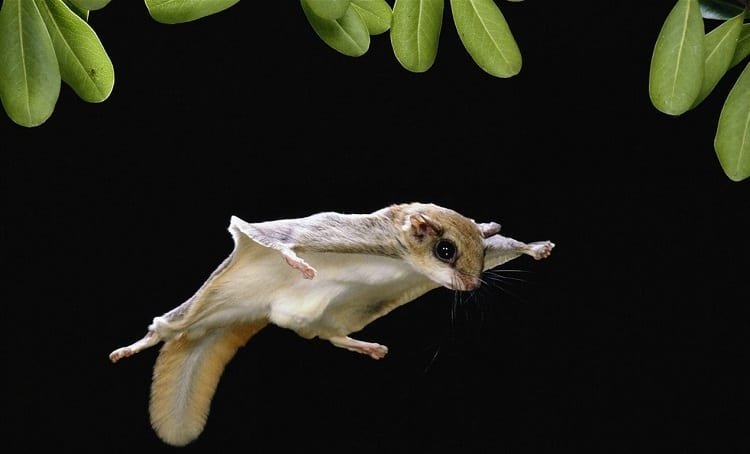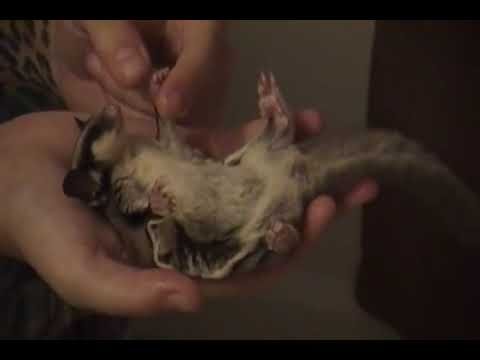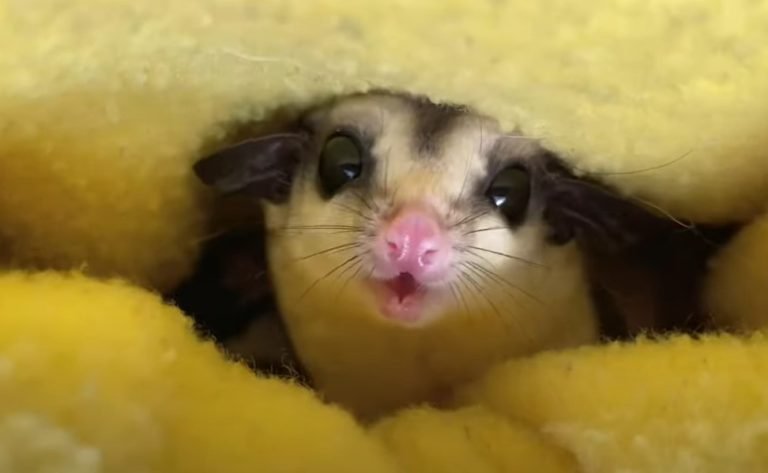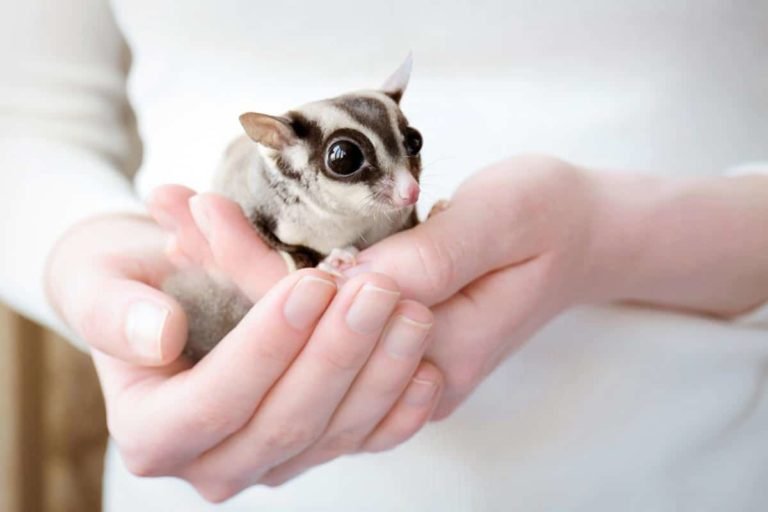Sugar Glider Skull
Sugar Glider Skull: Anatomy and Unique Features
If you’ve ever stumbled upon a picture or seen a real sugar glider, you may have noticed their adorable, wide-eyed expressions. But have you ever wondered what’s underneath that cute exterior? In this article, we’re going to dive into the fascinating world of sugar glider skulls and explore their anatomy and unique features.
Sugar gliders, scientifically known as Petaurus breviceps, are small marsupials native to Australia, Indonesia, and New Guinea. They are unique creatures, known for their ability to glide through the air using a membrane of skin called the patagium. But what makes their skulls so special? Let’s find out.
The Structure of the Sugar Glider Skull
The sugar glider skull is a complex structure that plays a crucial role in the animal’s survival. Like other mammals, the sugar glider skull consists of several distinct parts, each with its own function.
1. Cranium: The cranium is the main part of the skull that houses and protects the brain. It is composed of several bones that fuse together during the sugar glider’s growth. The cranium of a sugar glider is relatively large compared to its body size, allowing ample space for its brain.
2. Jaws and Teeth: The jaws of the sugar glider are specialized for a diet that consists mainly of sap, nectar, fruit, and insects. Their lower jaw is hinged to the skull, allowing them to open their mouths wide to catch prey while gliding. The sugar glider has sharp, pointed teeth that are adapted for tearing into their food, especially insects.
3. Eye Sockets: The sugar glider’s eye sockets are positioned on the front of their skull, allowing for excellent binocular vision. This helps them accurately judge distances while gliding through the trees and hunting for food.
4. Nasal Cavity: The sugar glider’s nasal cavity is located near the front of its skull and is responsible for scent detection. They have a highly developed sense of smell, which is crucial for finding food and detecting predators.
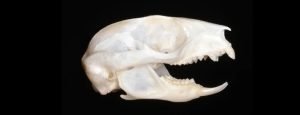
Unique Features of the Sugar Glider Skull
Now that we have a basic understanding of the structure of the sugar glider skull let’s explore some of its unique features that set it apart from other mammals.
1. Dentition: One interesting feature of the sugar glider skull is its dentition. Sugar gliders have a unique dental formula, with a total of 40 teeth. Their incisors are highly specialized for gnawing on tree bark, while their premolars and molars are adapted for crushing and grinding food.
2. Orbital Gland: Located at the front of the skull, between the eyes, the sugar glider has a unique gland called the orbital gland. This gland secretes a substance that the sugar glider uses to mark its territory and communicate with other members of its group.
3. Cranial Crest: The sugar glider skull features a distinctive bony crest called the sagittal crest. This crest serves as an attachment point for the jaw muscles and provides extra support and strength during the chewing process.
Frequently Asked Questions
1: How big is a sugar glider skull?
The size of a sugar glider skull can vary depending on the age and sex of the individual. On average, an adult sugar glider skull measures between 3 and 4 centimeters in length.
2: Are sugar glider skulls fragile?
While sugar glider skulls may appear delicate, they are actually quite sturdy. The skull is designed to protect the brain and withstand the forces that occur during gliding and other physical activities.
3: Can you identify the sex of a sugar glider from its skull?
In some cases, it is possible to determine the sex of a sugar glider by examining the skull. Male sugar gliders tend to have larger cranial crests and more pronounced brow ridges compared to females. However, this method of sex determination is not always reliable and is best left to trained professionals.
Final Thoughts
The sugar glider skull is a remarkable example of evolutionary adaptation. Its unique features, such as specialized dentition and the orbital gland, allow sugar gliders to thrive in their natural habitat. By understanding the anatomy and unique features of the sugar glider skull, we gain valuable insights into the fascinating world of these incredible creatures. So, the next time you come across a picture of a sugar glider, take a moment to appreciate the intricate beauty that lies beneath their adorable exterior.


